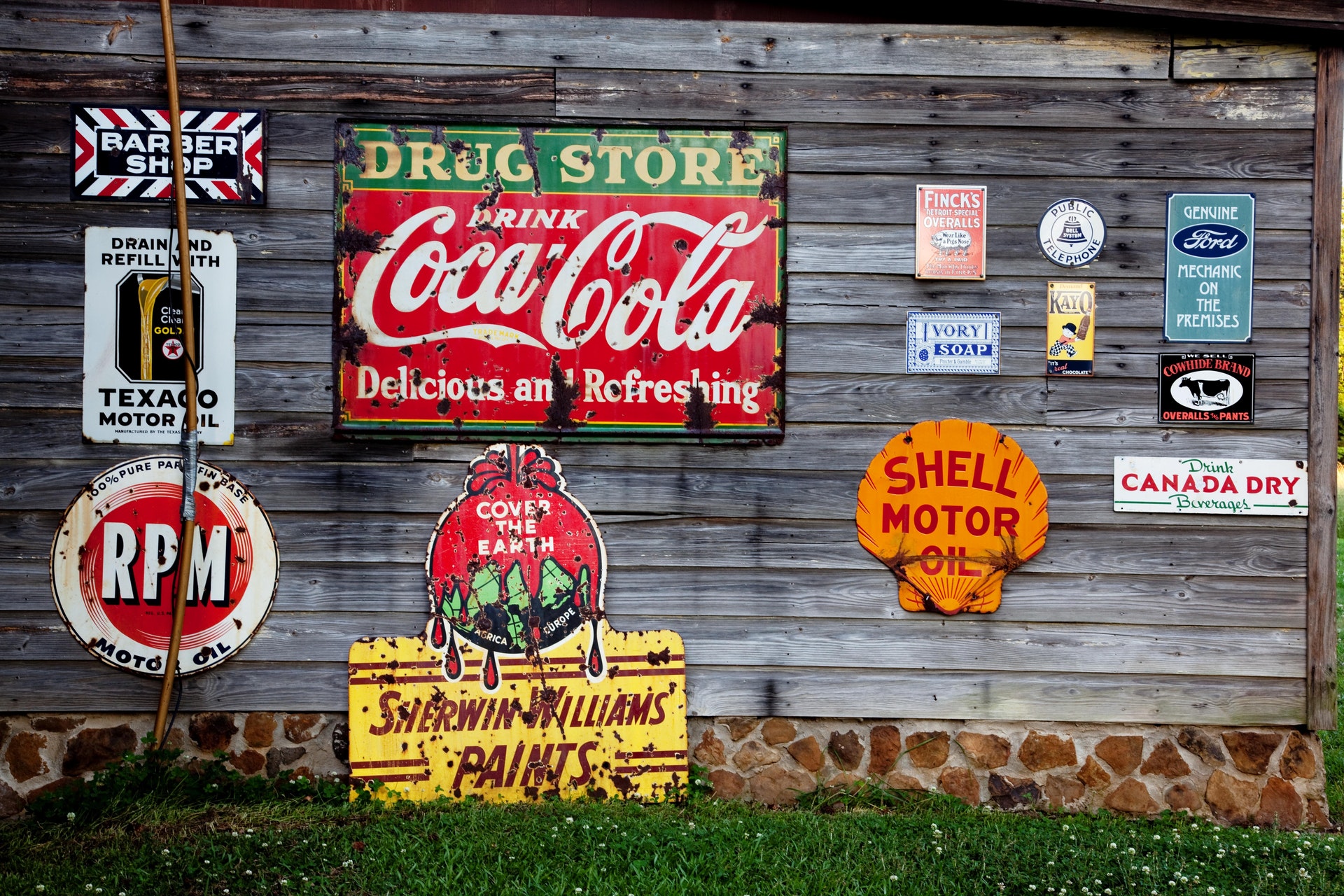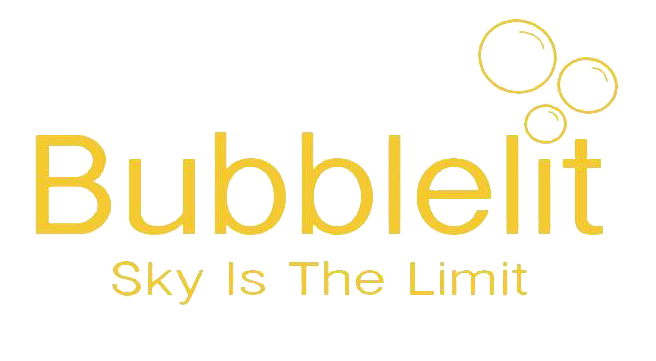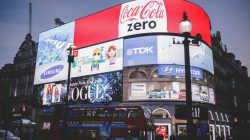Outdoor advertising is a prominent form of outdoor advertising that has been around for centuries. Long before billboards, posters, and internet ads were invented, there was an outdoor advertisement. The history of outdoor advertising dates back to the Ancient Egypt era when it was used as an architectural feature in the form of hieroglyphs, statues, and paintings. Find out in this article why static outdoor advertising can effectively reach your audience.

Outdoor Advertising: The 2nd Most Preferred Media After Print
The History of Outdoor Advertising
Outdoor advertising has been around for centuries, with some of the earliest examples dating back to ancient Rome. However, it wasn’t until the 19th century that outdoor advertising really began to take off. This was largely due to technological advances, such as the printing press and lithography.
As outdoor advertising became more widespread, it began to take on different forms. One of the most popular early forms of outdoor advertising was the billboard. Billboards were (and still are) a great way to reach a large audience with a message or advertisement.
Another popular form of outdoor advertising is bus shelter ads. They are also often very eye-catching, which makes them hard to ignore. Thanks to digital technology, outdoor advertising is now more sophisticated than ever before. Despite all of the changes that have taken place in outdoor advertising, one thing remains the same: it is still one of the most effective ways to reach a large audience with your marketing message.
Outdoor Advertising as Second Most Preferred Media After Print
OOH is the second most preferred media after print, as per a survey report by OAAA and Geopath. The report suggests that people now spend much of their time outside their homes, making OOH an important tool for marketers. Referring to the same report, nearly one-quarter of billboard viewers among the respondents to the survey said that they were motivated to visit a particular store that day because of an OOH ad message, and nearly one-third visited a retailer they saw on a billboard later that week. Half of the viewers reported receiving directional information from a billboard, and one-quarter said they immediately visited a business because of an OOH ad message.
Another report by Ipsos Media CT found that OOH advertising is more effective than radio, TV, or online display ads in generating both brand awareness and purchase intent. This is likely because outdoor ads are highly visible and can reach a wide audience.
Another research conducted by Nielsen found that consumers respond well to static outdoor advertising, with 68% of respondents saying they had noticed an ad in the last month. Static outdoor advertising is also seen as being more trustworthy than other forms of advertising, with 61% of respondents saying they believe ads on billboards and posters.
This trend will likely continue as outdoor advertising becomes more and more sophisticated. With technological advances, outdoor ads can now be targeted specifically to certain demographics, making them even more effective. And as ad budgets tighten, marketers are looking for more efficient ways to reach their target audiences by incorporating sharing economy measures in outdoor advertising, making it an increasingly attractive option.
There are now a number of companies that offer platforms that allow anyone to rent out space on their billboards or other outdoor media. This has led to a more decentralized and democratic form of outdoor advertising, where anyone can participate. The sharing economy in outdoor advertising is benefiting both advertisers and owners of outdoor media. Advertisers can get access to prime locations at a fraction of the cost of traditional methods, while owners of outdoor media can generate additional revenue by renting out their unused space.
How has Outside Media Evolved?

Outdoor advertising has come a long way since the early days of hand-painted billboards and sign spinners on street corners. Today, outdoor media is a multi-billion-dollar industry with a wide range of options for reaching consumers.
While traditional forms of outdoor advertising like billboards and transit ads are still popular, new technologies are increasingly being used to reach consumers who are spending more and more time on their mobile devices.
Mobile devices have changed how we consume media, which is reflected in how outdoor advertising is evolving. Increasingly, advertisers are using location-based data to target ads to consumers based on their current location or past locations. This allows advertisers to be more relevant to consumers and improve the effectiveness of their campaigns.
In addition, new technologies like digital signage and interactive kiosks are being used more and more in outdoor advertising. Digital signage can provide dynamic, real-time content that can be updated based on current events or consumer behavior. And interactive kiosks can engage consumers in a fun and interactive way while also providing valuable information about products or services.
Outdoor advertising is evolving to meet the needs of today’s consumers and advertisers. With so many options available, it’s easier than ever for companies to reach their target audiences in a way that resonates.
Conclusion
The answer lies in data. Here are a few key metrics to keep an eye on:
Outdoor advertising is often seen as an old-fashioned marketing tool, but the truth is that it can be highly effective when used correctly. While print media is still the most preferred form of advertising, outdoor advertising comes in a close second, proving that it should not be underestimated.
Outdoor Advertising effectively uses marketing budgets by utilizing high-traffic areas to capture the attention of potential customers. By placing ads in strategic locations, businesses can effectively reach a large number of people to promote their products or services.
If you want to reach more people with your message, consider investing in some outdoor advertising space. You might be surprised by the results. So, what are you waiting for? Let’s get started.



